Welcome visitor you can
login or register Phone Orders 888-212-8871
CARNOSINE D-LINK (60 Capsule)
TO PREVENT SUGAR CROSSLINKING PROTEINS IN DIABETES OR PRE-DIABETIC OBESITY TO PREVENT NERVE, VESSEL AND EYE DISEASE ESPECIALLY CATARACTS AND RETINAL ILLNESS AND VASCULAR DAMAGE FROM CROSSLINKS CAUSING INFLAMMATION AND DEGENERATION.
Category: Supplements
$29.95
CompareDescription
Carnosine-D Link Benefits –
a. Reduces glycosylation1, has antioxidant action2, protects against metal induced toxicity, reduces diabetes complications8 b. Protective effects on brain or heart, especially during injuries such as stroke or ischemic perfusion.4 Possibly helpful with neuromuscular disease9 c. Speeds up wound healing by stimulating collagen production6 d. Protective on eyesight, specifically cataract and other aging related impairment7 e. Proposed as anti-aging factor with tissue rejuvenative effects as evidenced by in vitro experiments on fibroblasts.3 Has shown increased life span in animal models.7 f. Protective effect on the brain aging, against amyloid plaque (Alzheimer’s)7 and potentially helpful with autistic disorder (800 mg/day).5 g. Protective on stomach lining in conditions such as ulcer.7
Integrative Medicinal Metabolic Actions – Diabetes, CNS, Heart, etc.
a. “Carnosine has been shown to react with low-molecular-weight aldehydes and ketones and has been proposed as a naturally occurring anti-glycating agent. It is suggested here that carnosine can also react with (“carnosinylate”) proteins bearing carbonyl groups…. Accumulation of protein carbonyl groups is associated with cellular ageing resulting from the effects of reactive oxygen species, reducing sugars, and other reactive aldehydes and ketones.”1
“Carnosine and related dipeptides have been shown to prevent peroxidation of model membrane systems leading to the suggestion that they represent water-soluble counterparts to lipid-soluble antioxidants such as alpha-tocopherol in protecting cell membranes from oxidative damage.”2
b. “pronounced anti-ischemic effects of carnosine in the brain and heart are due to the combination of antioxidant and membrane-protecting activity, proton buffering capacity, formation of complexes with transition metals, and regulation of macrophage function. In experimental cerebral ischemia, carnosine decreases mortality and is beneficial for neurological conditions of the animals. In cardiac ischemia, carnosine protects cardiomyocytes from damage and improves contractility of the heart. The data indicate that carnosine can be used as an anti-ischemic drug.”4
c. “Thus, the enhancement by carnosine of wound healing may be ascribed to stimulation of early effusion by histamine and of collagen biosynthesis by beta-alanine. The wound-healing effects of carnosine were further demonstrated by the observation that carnosine significantly increased granulation suppressed by cortisone, mitomycin C, 5fluorouracil, and bleomycin.”6
d., e. “It is proposed that the anti-ageing and rejuvenating effects of carnosine are more readily explainable by its ability to react with protein carbonyls than its well-documented antioxidant activity.”2
“Carnosine is an endogenous free-radical scavenger. The latest research has indicated that apart from the function of protecting cells from oxidation-induced stress damage, carnosine appears to be able to extend the lifespan of cultured cells, rejuvenate senescent cells, inhibit the toxic effects of amyloid peptide (A beta), malondialdehyde, and hypochlorite to cells, inhibit glycosylation of proteins and protein-DNA and protein-protein cross-linking, and maintain cellular homeostasis. Also, carnosine seems to delay the impairment of eyesight with aging, effectively preventing and treating senile cataract and other age-related diseases. Therefore, carnosine may be applied to human beings as a drug against aging.”7
e. “Carnosine can delay senescence in cultured human fibroblasts and reverse the senescent phenotype, restoring a more juvenile appearance. As better antioxidants/free-radical scavengers than carnosine do not demonstrate these antisenescent effects, additional properties of carnosine must contribute to its antisenescent activity.”3 References 1. Hipkiss AR. Carnosine and protein carbonyl groups: a possible relationship. Biochemistry (Mosc). 2000 Jul;65(7):771-8. 2. Quinn PJ, Boldyrev AA Carnosine: its properties, functions and potential therapeutic applications. Mol Aspects Med. 1992;13(5):379-444. 3. Hipkiss AR, Brownson . Reaction of carnosine with aged proteins: another protective process? Ann N Y Acad Sci. 2002 Apr;959:285-94. 4. Stvolinsky SL, Dobrota D. Anti-ischemic activity of carnosine. Biochemistry (Mosc). 2000 Jul;65(7):849-55. 5. Chez MG, Buchanan CP . Double-blind, placebo-controlled study of L-carnosine supplementation in children with autistic spectrum disorders. J Child Neurol 2002 Nov;17(11):833-7. 6. Nagai K, Suda T Action of carnosine and beta-alanine on wound healing. Surgery. 1986 Nov;100(5):815-21. 7. Wang AM, Ma C . Use of carnosine as a natural anti-senescence drug for human beings. Biochemistry (Mosc). 2000 Jul;65(7):869-71. 8. Price DL, Rhett PM Chelating activity of advanced glycation end-product inhibitors.J Biol Chem. 2001 Dec 28;276(52):48967-72. Epub 2001 Oct 24. 9. Stuerenburg HJ. The roles of carnosine in aging of skeletal muscle and in neuromusculardiseases.Biochemistry (Mosc). 2000 Jul;65(7):862-5. Review.
Only logged in customers who have purchased this product may leave a review.
Related Products
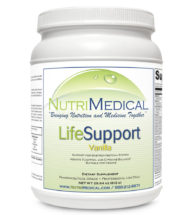
LIFESUPPORT VANILLA (31.61 oz container)
$89.95
Select options
This product has multiple variants. The options may be chosen on the product page
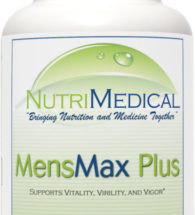
MensMAX Plus
$59.95
Select options
This product has multiple variants. The options may be chosen on the product page
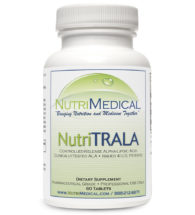
NUTRITRALA (Alpha-Lipoic Acid)
$59.95
Select options
This product has multiple variants. The options may be chosen on the product page
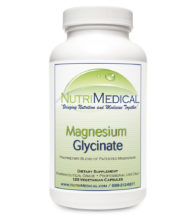
Magnesium Glycinate (120 caps)
$39.95
Select options
This product has multiple variants. The options may be chosen on the product page
© 2022 Nutrimedical.com
Privacy Policy | RETURN POLICY | Terms of Use | Contact Us *These statements have not been evaluated by the Food and Drug Administration. This product is not intended to diagnose, treat, cure, or prevent any disease. *Within the contiguous U.S. FREE standard shipping is available for orders totaling $99 or more. Outside the contiguous U.S. Standard Shipping to Alaska, Hawaii, Puerto Rico, U.S. Territories and Canada is calculated at check out. International: We ship to 160+ countries!
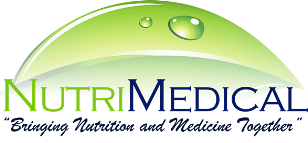
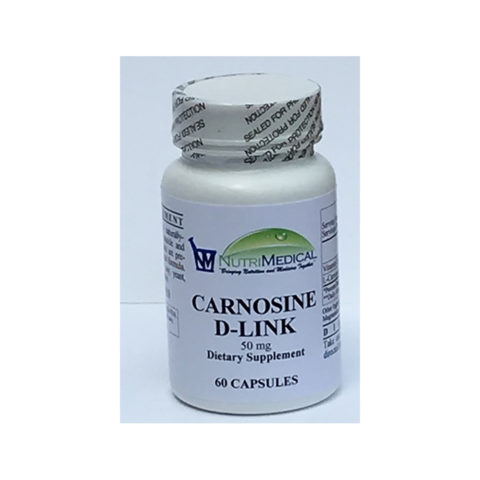
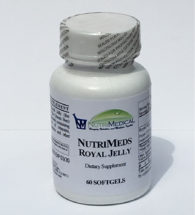
Reviews
There are no reviews yet.